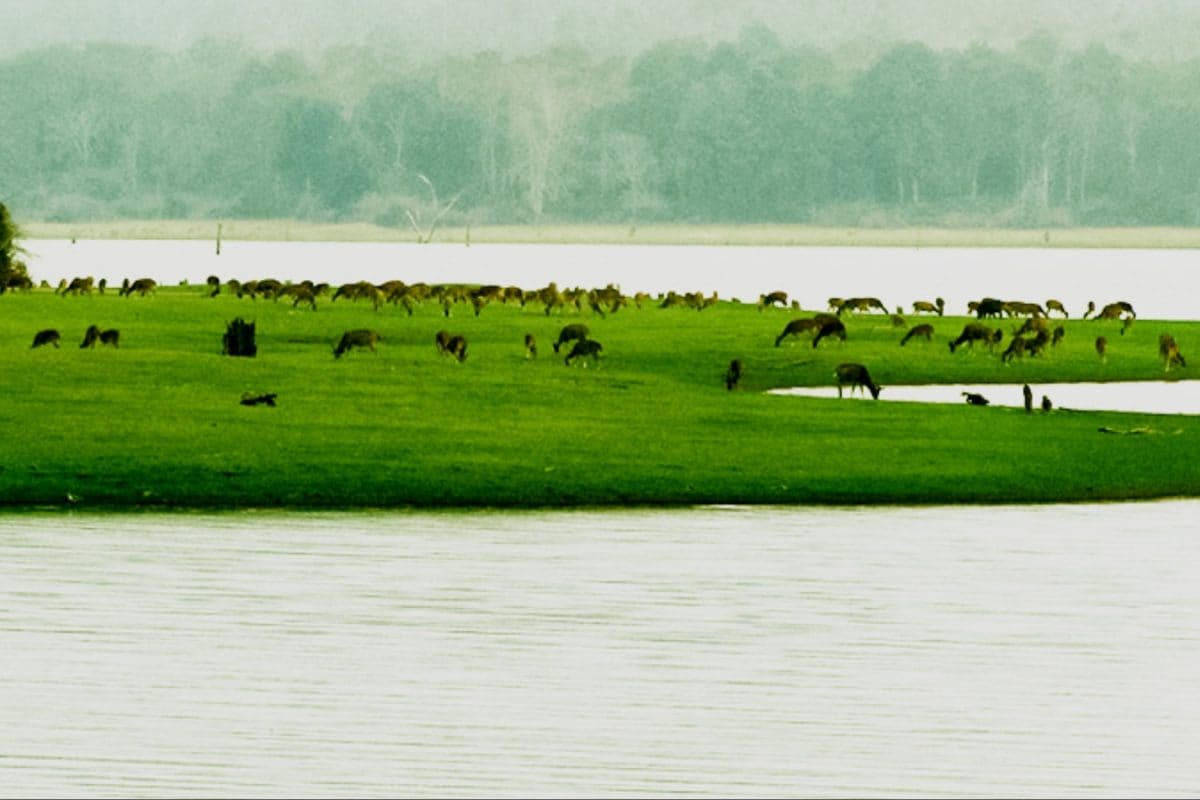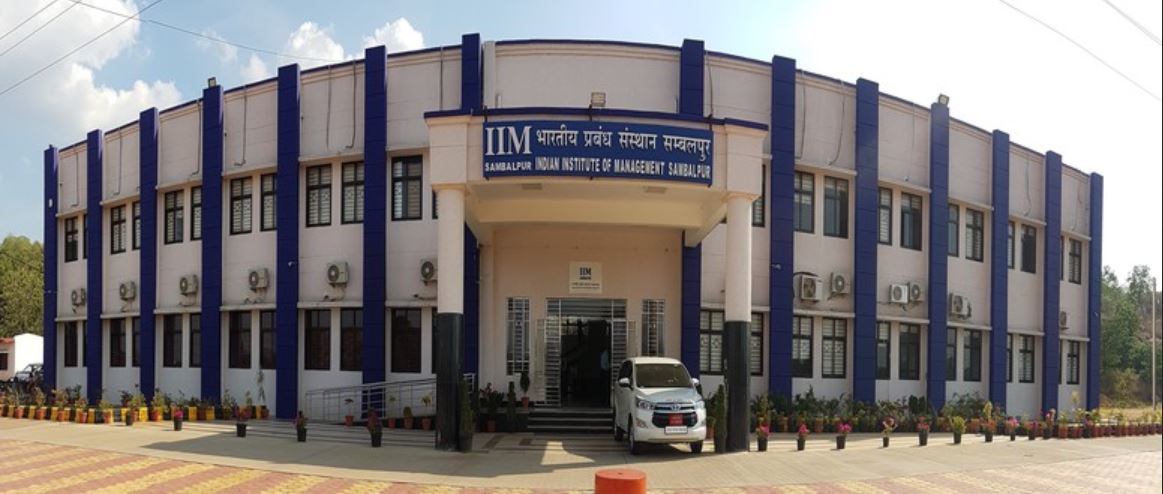Balangir
Balangir is a city and municipality in Balangir district in the state of Orissa, India. It is also the headquarter of Balangir district.
Balangir has a rich cultural heritage. Though economically not very well off, it has a great potential for development. There are many important tourist locations in Balangir district. The more famous among them include Harishankar, and the Samaleshwari Temple located in the Balangir town is also very famous.
Population/area/business wise Balangir town is the second largest town in Western Orissa after Sambalpur. It is also known as the cultural hub of Western Orissa. Balangir Town has many cultural groups who are trying hard to preserve the dying down Kosali Folk arts & dance. Kosali/Sambalpuri is the language spoken & used by the people of Balangir.Balangir Municipality is divided into twenty one Wards. Each ward consists of two three Units or sub-areas called “Pada” or “Para”. Balangir town has nearly forty “Pada’s”. Some of the largest “Pada’s” of Balangir town are Rugudi Pada, Sud Pada, Maal Pada, Tikra Pada, Radharani Pada, Sagar Pada,Pratapsagar pada, Talpali Pada, Jagannath Pada,Thikadar Pada, Palaceline, Gandhinagar Pada, Shantinagar Pada, Barpali Pada, Tulsinagar Pada, Kansari Pada, Teligoth Pada,Radharani rara,Club para,Khadal para,Rameshwar nagar,Ranjendra para, A.B.S.S. road etc..
The name Balangir is said to have been derived from Balaram Garh, a fort, built here in the 16th Century by Balram Deo, the 19th Raja of Balangir (Ex-Patna State) and founder of Sambalpur kingdom.
Balangir was an obscure village till 1871 when the Court of Wards administration during the minority of the then ruler Ram Chandra Deo III shifted the capital from Patnagarh. Immediate steps were taken to build a planned township.
Patnagarh, which was the Capital of the Kingdom of Patna for several centuries was considered unsuitable to be the State Headquarters because of its unhealthy climate.The moats and the bamboo thickets which had long protected the place against enemies became breeding ground of mosquitoes causing widespread malaria.The place was also not on the direct road from Bhawanipatna to Sambalpur. So, Balangir was selected to be the Headquarters not only because of its climate but also for its admirable location on the route connecting the Headquarters of Sambalpur with that of Kalahandi.
Planning and set up of Balangir town
The plan of Balangir town was prepared by Pandit Chintamani Bidyabhusan for a sqare town with roads crossing one another at right angles was accepted and the new township was constructed to the south of the old village.
Sir Douglas, the then Deputy Commissioner of Sambalpur, got the sanction of the Government and transferred the Headquarters from Patnagarh to the new town of Balangir in 1872.Old Balangir is now known as Junha Dihi meaning the old house site.
Early developments
Already in the 1871, the dispensary was built and some Government offices moved to Balangir. The Court of Wards Administration lasted for 22 years, from 1871 to 1893 and during that period the jail building , the palace for the Maharaja and many office buildings were constructed. During the Kondh rebellion of Kalahandi in 1882,the importance of Balangir increased as it became the main seat of operation against the rebellious Kondhs.





 IIM Sambalpur
IIM Sambalpur
Leave a Reply